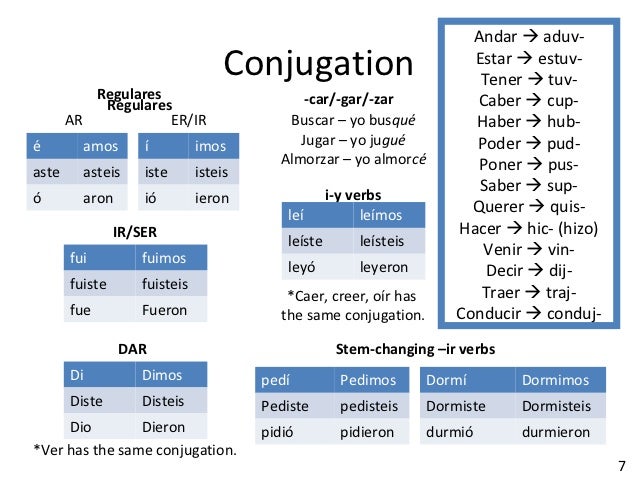

Todos los días voy a la playa. (Action in the present tense) What is the difference between an action and a description? Check these sentences: We use pretérito imperfecto to provide descriptions in the past about people, places or things.There is not only one context to use the pretérito imperfecto. We use it for different communicative situations.

In this article, we will focus on the use and conjugation of the pretérito imperfecto. The best advice I can give to you to learn past tenses: do it step by step. To choose the right past tense, you have to consider when the action took place (Was it today or yesterday? Was it this week or last week?) and also if you want to talk about main actions or descriptions.Īs a very general rule, we use pretérito perfecto and pretérito indefinido for actions in the past while we use pretérito imperfecto for descriptions of people, places, objects, and situations in the past. It will depend on the context.īut it’s not all bad news, instead of trying to find translations from one language to another, we can look at the usage of the past tenses and REALLY understand: I know that at this point the only question you have on your mind is: ‘Ok, but what is that in English?’ Sorry, but I have some bad news for you: as I said before, there is no direct translation to English past tenses. Pretérito means ‘past’ in Spanish grammar. So let’s keep it as a bonus for when we have mastered the 3 main past tenses.Įach past tense has its own name (useful when learning grammar and looking for exercises) but all of them start with the same word: pretérito. I say +1 because one can be avoided or changed to another past tense in most of the cases. Before studying each Spanish past tense individually and using them in combination, it is important to have a quick overview.


 0 kommentar(er)
0 kommentar(er)
